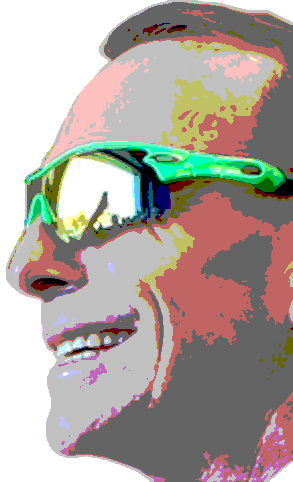Call for boost in shady standards
 Biomedical engineers say the world needs a better standard for sunglasses.
Biomedical engineers say the world needs a better standard for sunglasses.
Exposure to the sun deteriorates sunglasses over time, causing the lenses to become lighter and weaker. This can actually change them so much that they have to be classified under a different category.
Current world standards require sunglasses to provide a level of UV protection in line with light levels, which decides the category of the lenses.
The aging test, used in Australia, calculates the extent to which the lenses’ category deteriorates as a result of exposure to the sun.
The test exposes sunglasses to a sun simulator for 50 hours at 30cm from a 450 W lamp. The lamp exposure is equivalent to two days in a natural environment on a summer’s day, or four days in winter.
But researchers say that in tropical areas such as Brazil or the northern parts of Australia, this test may be inadequate.
“Fifty hours of exposure to the sun simulator equates to 23.5 hours of exposure to natural sun in Sao Paulo in Brazil,” says Liliane Ventura, from São Carlos School of Engineering.
“Most Brazilians replace their sunglasses every two years. To test the sunglasses are safe to wear for these two years, with the assumption they are worn for a period of two hours a day, they should be tested for 134.6 hours at a distance of 5cm.
“Although our calculations are mainly based on Brazilian cities, other countries may also benefit, especially those located at similar latitudes.”
She said that either increasing the time the lenses are exposed to the lamp or decreasing the distance of the lenses from the lamp would overcome the current test limitations.
“We could also consider using a higher power lamp, switching from a 450W to 1600 W lamp.”







 Print
Print